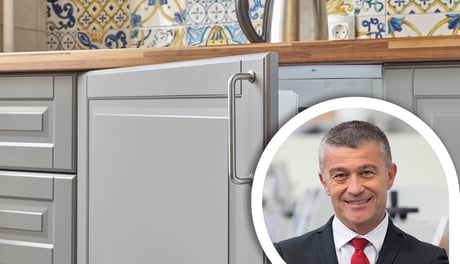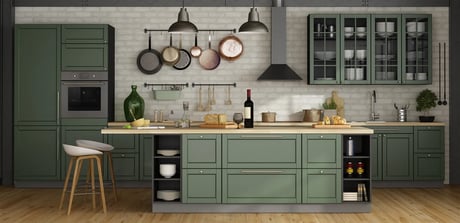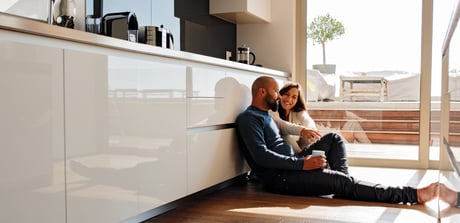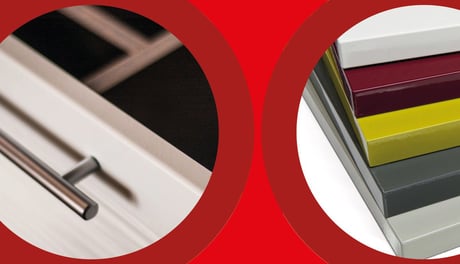
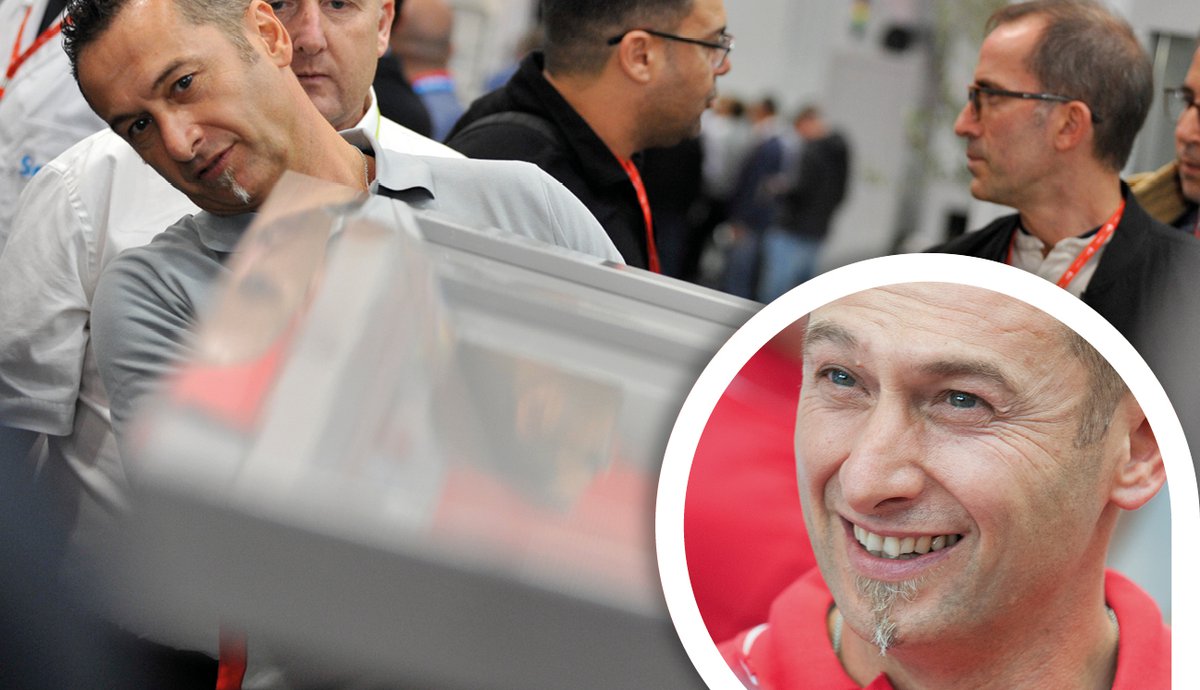
What are the main steps of a coating cycle? The process can be grouped into 5 main phases:
➊ Sanding: sanding the untreated panel is a phase that we will find in almost all coating cycles, both when talking of wood or and other materials, such as fibre cement and some plastic substrates. In the case of a wooden substrate, it smoothes out the panel by removing the woody fibres that rise up from the surface due to humidity, while in materials other than wood, normally it improves the adhesion of the first coat of paint
➋ Coating / impregnation: coating is the application of solvent-based or water-based dyes, which alter the colour of the substrate. Impregnation, on the other hand, has the dual purpose of both colouring and protecting against mould and fungi
➌ Application of the primer: this is the first of a series of base coats, carried out to: clog the pores, allow sanding while preserving the colouring of the substrate, provide an optimal base for the first finishing layer
➍ Sanding of the substrate
➎ Finishing: application of the finishing coats, transparent or pigmented, glossy, matt, or even deep matt and soft touch. It ensures surface resistance and protection against adverse weather conditions.

